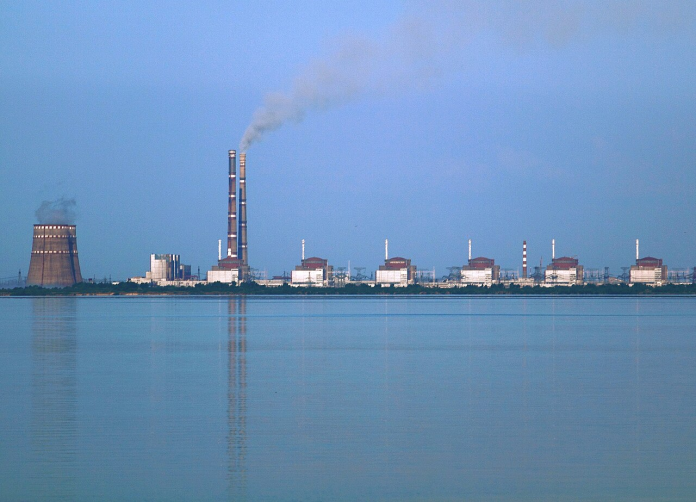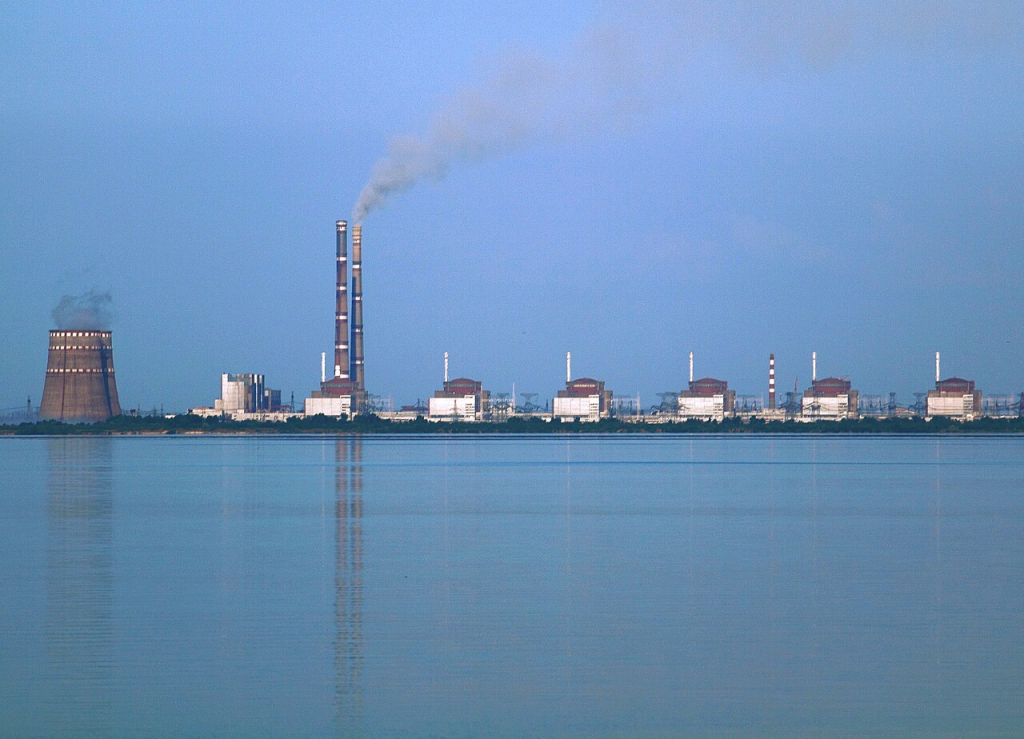
Russian control of Europe’s largest nuclear plant has rendered Zaporizhzhia among the world’s most technically exposed plants. The six VVER-1000 pressurized water reactors, each producing around 950 megawatts of electricity, were equipped with robust containment and back-up safety systems. But during war, those systems are as good as the grid connections, cooling water, and trained personnel that maintain them.
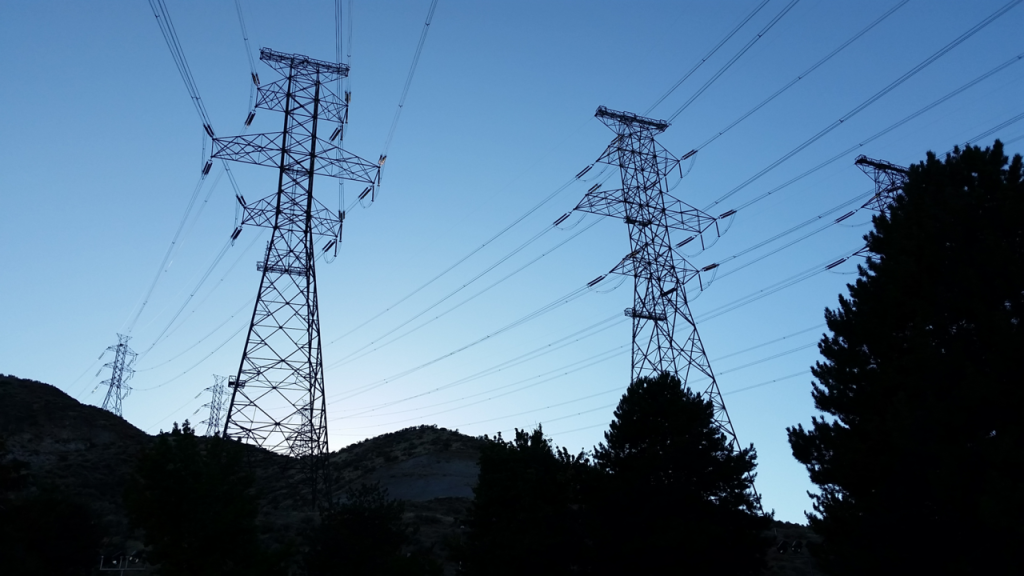
1. Exposed Lifelines: Fractured High-Voltage Connections
Zaporizhzhia’s five main transmission lines four 750-kilovolt and one 330-kilovolt will be depended upon for exporting electricity and importing power for safety systems when not in use. Already, shelling has blown out some of the lines, placing at least one reactor unit in shutdown. As explained by Oleh Savitskyi, a Ukrainian energy and climate policy expert, If a nuclear power plant becomes disconnected from the grid totally, it is an emergency condition the plant will need to utilize backup diesel generators.
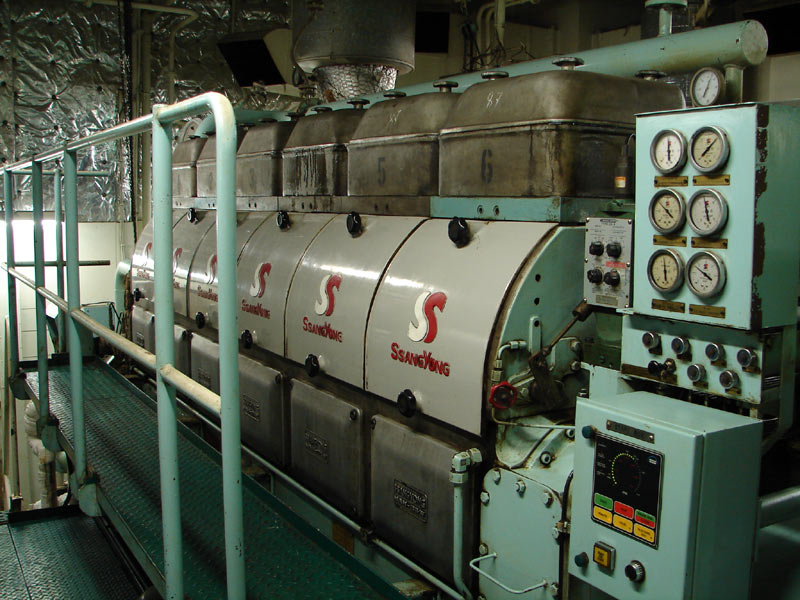
2. Diesel Backup: A Tightrope Margin for Error
Under ideal circumstances, all emergency diesel generators hold fuel for about a week. Under Zaporizhzhia’s militarized situation, reserves can be lower fuel might be diverted for military use and maintenance questionable. When generators lose power or fuel runs out, residual decay heat, which starts at about 7% of full thermal power within hours of shutdown, can drive core temperatures toward zirconium cladding ignition within hours, causing hydrogen explosions and radioactive discharge.
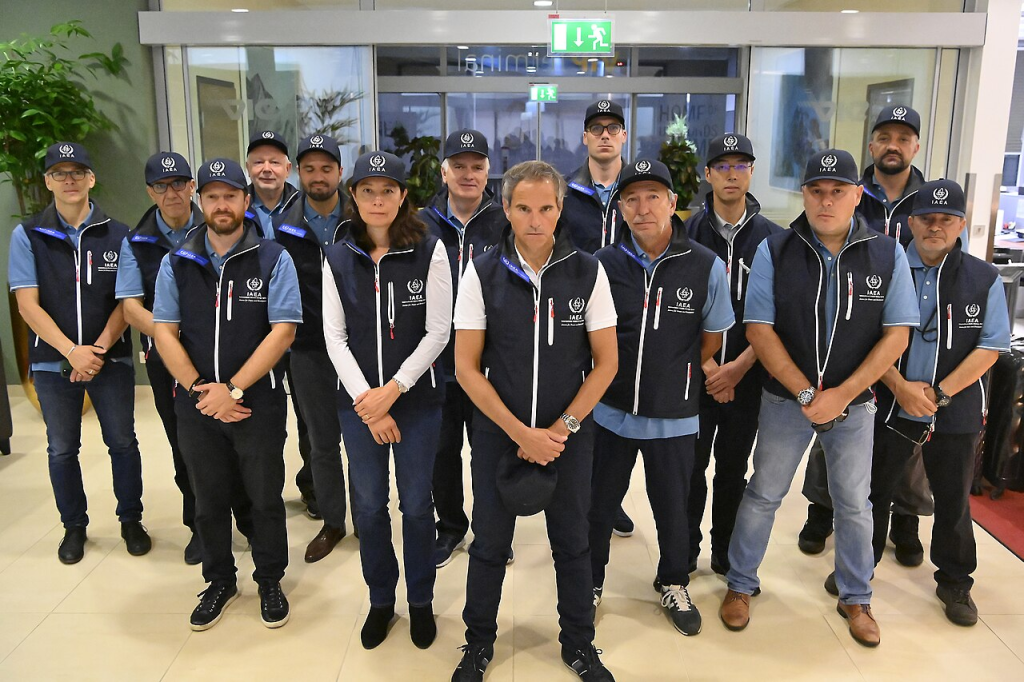
3. Shortage of Staff and Deterioration in Safety Culture
Before the war, Zaporizhzhia employed around 11,000 personnel. Today, staffing is down to around 5,000, with reported Ukrainian staff excluded from the plant and some intimidated. Duplicate shift manning is required for essential monitoring in nuclear operation; a single operator to one safety function is unacceptable according to International Atomic Energy Agency (IAEA) guidelines. Without adequate crews, cold shutdown would be the safety best choice, but that would worsen Ukraine’s winter energy crisis.
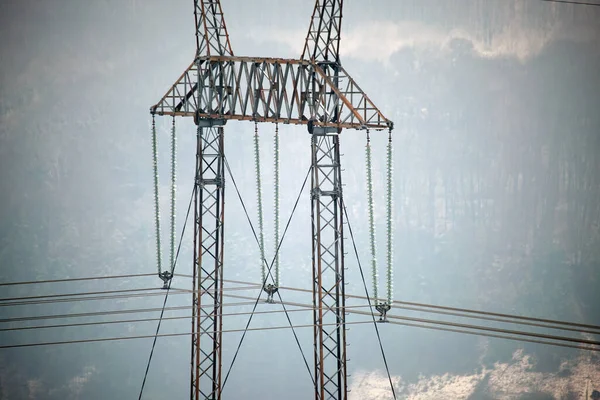
4. Grid Isolation Engineering Challenges
Russian efforts to reroute Zaporizhzhia’s output to Crimea would require splitting Ukraine’s grid operationally risky but technologically possible. Synchronizing or desynchronizing a big nuclear power plant from a national grid involves precise matching of frequency, voltage, and phase. Ukraine’s 2022 emergency synchronization with the European ENTSO‑E grid, normally taking several years, was accomplished in weeks, but repeating the same type of miracles under fire threatens high blackout probability.
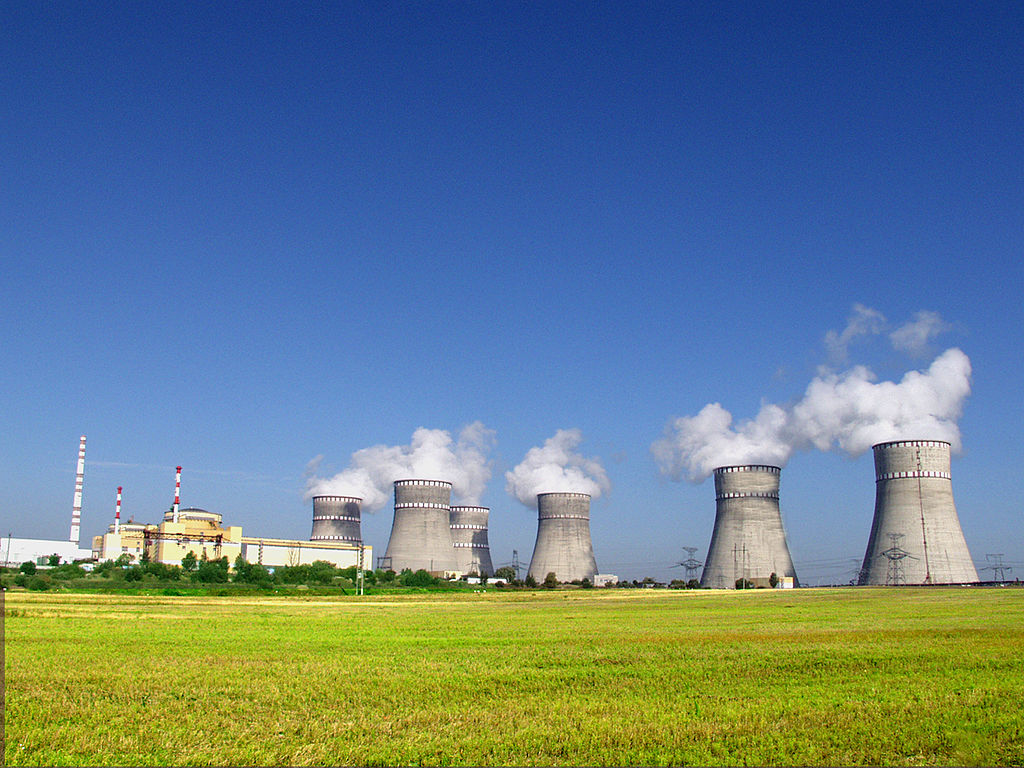
5. Winter Without Zaporizhzhia: Capacity and Coal Constraints
Zaporizhzhia once supplied a big chunk of Ukraine’s electricity. With most of the country’s thermal capacity destroyed 80% of coal capacity lost prolonged outage would push more reliance on scarce coal reserves. A number of eastern mines are inundated and contaminated, posing both supply constraints and environmental hazards. The International Energy Agency has warned of a potential 6‑gigawatt deficit this winter, as big as Denmark’s peak demand.
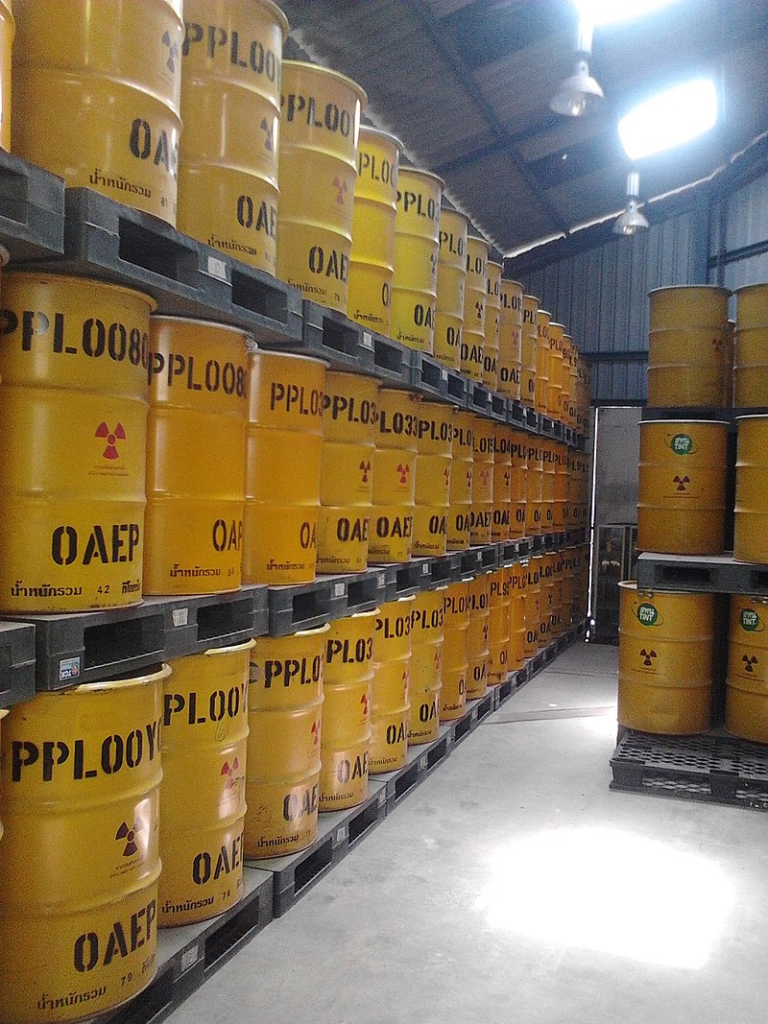
6. Spent Fuel Storage: The Softest Target
The softest radiological underbelly of the facility is not its reactor cores but its dry cask and pool spent nuclear fuel storage in open air. Each VVER‑1000 releases 20–30 metric tonnes of extremely radioactive fuel annually. A densely populated pool can hold 400 tonnes, containing tens of millions of curies of cesium‑137 17 times the Chernobyl release if fully dispersed. As described in technical studies of spent fuel pool accident hazard, shelling, missile attack, or structural failure would burn zirconium cladding at ~900°C, emitting long-lived isotopes over tens of thousands of square kilometers.
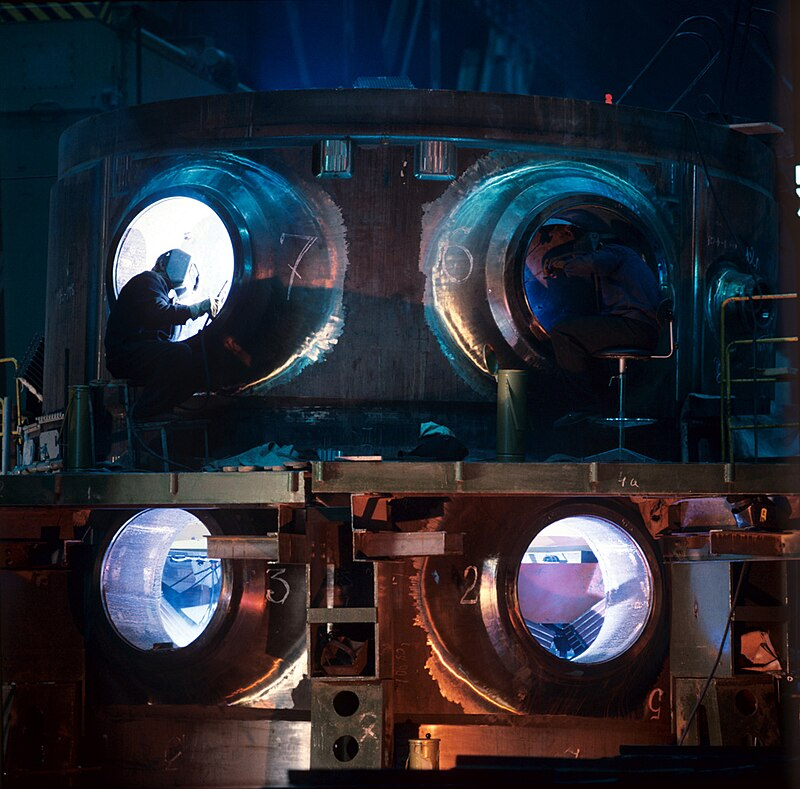
7. Warzone Reactor Operations: Beyond Design Basis
VVER‑1000 reactors were built to withstand some accidents, e.g., large aircraft crashes, but not extended artillery or drone bombardment. Off‑site power or on‑site generation for steady cooling is required; water supply has already been lost with the destruction of the Kakhovka dam. All of the IAEA’s “seven indispensable pillars” of nuclear safety physics integrity, staffing, power supply, logistics, radiation monitoring, emergency readiness, and communications have at least been partly compromised at Zaporizhzhia since 2022.
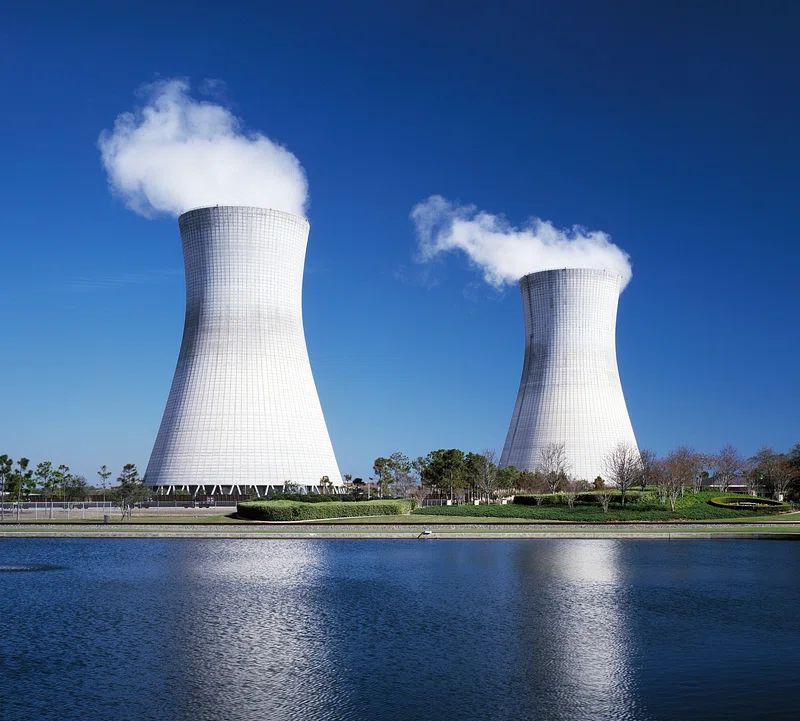
8. Strategic Setting: Nuclear Technology as Geopolitical Tool
Russia’s state nuclear corporation, Rosatom, has used foreign reactor projects to gain decades-long dependencies. Zaporizhzhia in Ukraine is energy weapon and shield alike Russian forces have loaded weapons on-site, betting Kyiv will avoid targeting the plant. The incident illustrates a broader risk: nuclear facilities, once presumed to be protected by taboo, are now live theaters of war.
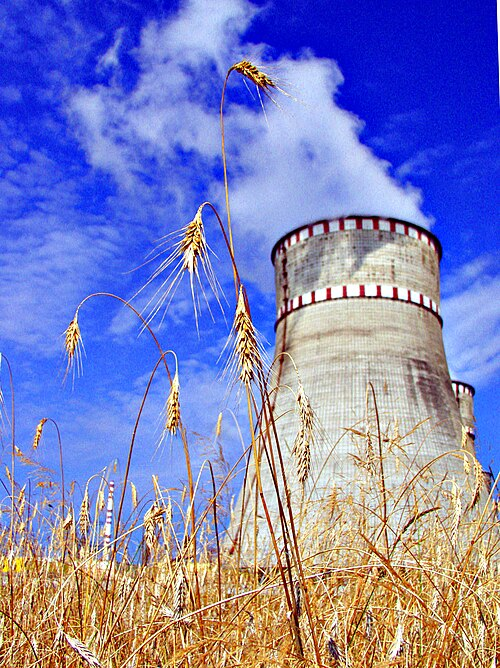
9. Risk Reduction Pathways
Mitigation options involve relocating freshly cooled spent fuel into hardened dry casks, covering possible release to a small percentage of pool inventories; reinforcing off‑site power lines and transformer sites with blast walls; and backup, bunkered diesel supplies. In the longer run, Ukraine’s energy security plan is transitioning toward decentralization locating smaller, scattered generation units with fewer single‑point vulnerabilities. But until Zaporizhzhia is demilitarized and re‑staffed under international supervision, the plant remains an ongoing threat to Ukraine and the world.
Westinghouse’s engineering realities at Zaporizhzhia grid vulnerability, cooling dependencies, and high radioactive inventories are crossing with geopolitical calculation in ways the nuclear industry never experienced at this scale. The crossing of wartime decay and winter power loads leaves not much margin for mistake.
